We’re in the golden age of camera and imaging technology. Everywhere you look, from smartphone cameras to the most expensive large format systems on the market, we have never seen so many incredible cameras as we do today. This post will be about one of those cameras: the Fuji GFX 50s. I quietly picked up one of these bad boys from my friends at Competitive Cameras in Dallas, Texas, late last year. It was a major investment and one I did not take lightly. I’ve been shooting with it off and on for 6 months now, so I thought I’d do a review for you photographers out there.
What’s the big deal about this camera?
It’s a 51.4 megapixel medium format camera. “Medium format” just refers to the physical size of the sensor, it doesn’t mean it’s better or worse than anything else, just different. Since medium format cameras tend to be more expensive (larger sensors = harder to make = lower volume = spensive), no shortcuts are taken in terms of image capability for professional photographers. Not only does the camera have an absurd amount of megapixels, but it shoots in 4:3 aspect ratio, compared to my current Sony’s 3:2 aspect ratio. It’s stylistic, sure, but I prefer shooting in 4:3 versus 3:2.
Is this a travel camera?
The GFX is a chunk of a camera, but it’s not really THAT big compared to something like a Canon 5D Mark IV, as you’ll see in this comparison. It’s a mirrorless camera with an integrated focal-plane shutter, which cuts down on the size, especially compared to other medium format cameras. At the end of the day, though, I’m not comparing it to a Canon 5D Mark IV, I’m comparing it to my Sony a7rIII. The a7rIII is much smaller, much narrower, and fits in my travel bag in a much cleaner way. I typically travel with 2 lenses in addition to my camera and space comes at a premium. I don’t really care about the weight as much as I do the space, so the Sony definitely wins here.
So, is the GFX a “travel camera”? No, of course not. It’s not designed to be a travel camera, it’s designed to be an all-around monster of a medium format camera. I don’t think it’s really a fair question.
Now, can you use the GFX on the road? That’s a much better question. I’ve been on a few trips since I purchased the GFX and have taken it on one of them with me, to Hong Kong recently. It’s an imminently capable camera and, compared to other medium format cameras, travels very well. It’s just a matter of perspective.
Why did I buy it in the first place?
There’s no getting around it, the GFX 50s was very expensive. I paid $5500 for the camera and purchased two lenses for it, basically rounding out a $10,000 USD investment.
I’d imagine many of you are familiar with the efforts I put into photography for this blog. When I was first getting going in blogging I looked at my competition and realized that, while my writing had a folksy, relatable feel, there were much better writers out there, but few people were producing epic photographs. I decided I could become a better photographer more quickly than I could become a better writer.
So I purchased this camera in order to take better pictures for this blog. Also, I do other types of photography in addition to travel photography. I’ve done some commercial photography for a construction company and have a burgeoning headshot photography business over at Luten Creative. Using the GFX for high-quality headshots is a superb shooting experience, particularly with the more forgiving 4:3 aspect ratio.
The GFX was primarily an investment in my professional photography endeavors, not as much for travel photography, but I feel like both can benefit.
What about versatility?
The Fuji is unique in that it’s one of two mirrorless medium format cameras (along with the Hasselblad X1D). Of note, though, is that the Fuji does not depend on a leaf shutter like most medium format cameras (leaf shutters are contained in the lens). It has a mechanical and electronic focal-plane shutter like most other cameras. So, similar to how I’ve adapted Canon lenses to my Sony cameras, I have also been able to adapt my Canon tilt-shift lenses to my Fuji GFX. Tilt-shift lenses have a bit bigger of an image circle to them which covers the medium format sensor quite nicely.
This doubles the effectiveness of the camera, as the use case for the camera expands without me needing to purchase any additional lenses. These types of lenses are critically sharp and were themselves major investments for my architecture and commercial photography businesses, so being able to use them on a top-of-the-line camera further justified the investment.
What about non-controlled shooting environments?
When people think of medium format cameras they usually think of a tripod or a studio. Medium format cameras used to be on CCD sensors with few autofocus points (if any). Fuji, though, has really brought a lot of mainstream technology into their medium format GFX system. The GFX 50s has 425 autofocus points that cover most of the frame. So, while the autofocus isn’t nearly as quick as the Sony system or a DSLR like the Canon 5D Mark IV, it is sufficient for everyday use. There’s even eye recognition, which has gotten better after firmware updates.
One of the most stressful shooting environments imaginable is in a helicopter. As part of an image series that I haven’t released broadly yet, I flew over DFW Airport to try and get some images never seen before of the terminal buildings. The Fuji doesn’t shoot quickly, only 1-2 frames per second, but it captured some incredible images which were unbelievably malleable in post-production.
Ok, all that said, how do I like the GFX 50s?
I don’t like it. I love it. Deeply. I look for reasons to shoot with it. It has motivated me to earn enough to justify the investment and has made many of my clients incredibly happy. It’s a dangerously divine photography experience.
Should everyone run out and buy one?
Only if you use my affiliate link above No. Not in the least. It’s too much camera for me, even with the thousands of pictures I’ve uploaded to this blog over the years. Without my full-time job I’d never be able to justify the expense and I would have a hard time telling someone that they need this camera or that it does something another camera system cannot do. For me, though, my spurious justification to myself for the investment has been worth it. I love this camera.
Ok so who is this camera for?
Anyone who 1) has money and 2) wants to spend it on a top-of-the-line camera system. If someone already has another camera system with tons of lenses, the Fuji probably won’t make sense. For someone like me, though, with plenty of adaptable lenses, it really hit a sweet spot and made enough sense that I picked one up after a few beers. Could I have taken the same pictures without it? Honestly, probably, but I’m not sure I would’ve enjoyed it as much. It feels like an old-school shooting experience but at the cutting edge of modern technology, and the 4:3 aspect ratio is seriously the best.
Hope you enjoyed the review and, if nothing else, the photos taken with the Fuji GFX 50s!
…wait, isn’t there a newer version coming out with even more megapixels?
Yes, and I’m getting it 🙂
If anyone wants a slightly-used Fuji GFX 50s, please let me know! sold! …and no I don’t have a problem haha

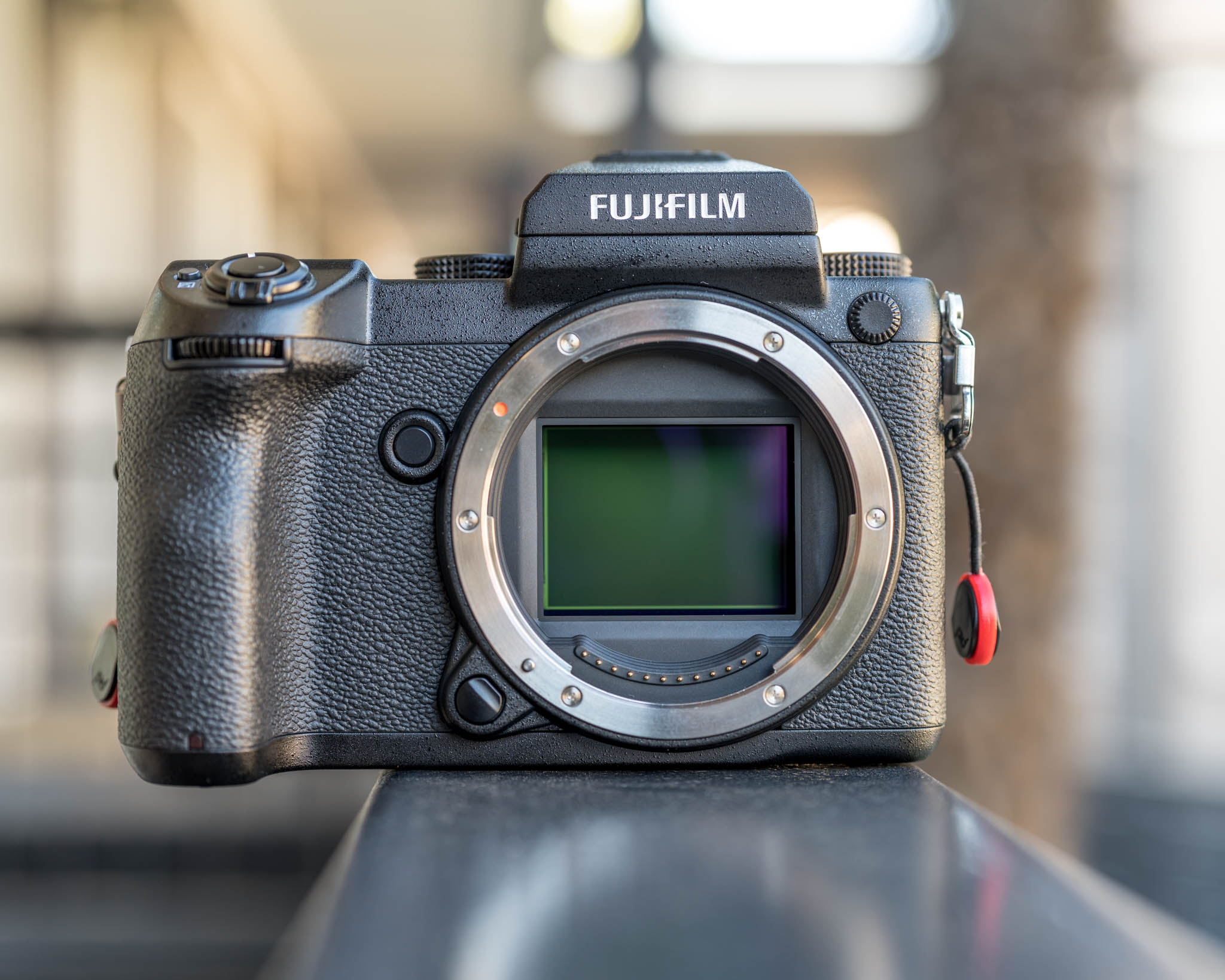
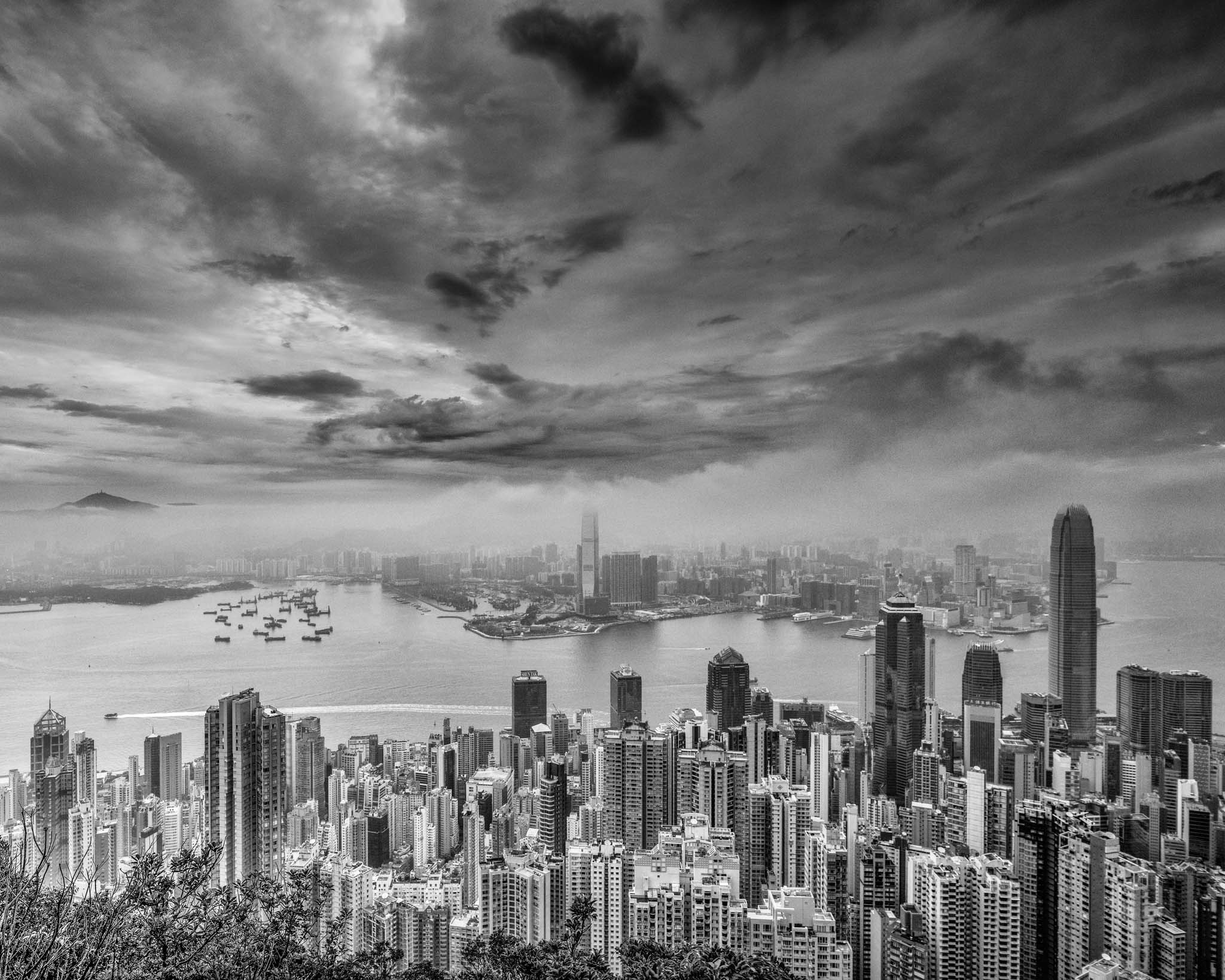
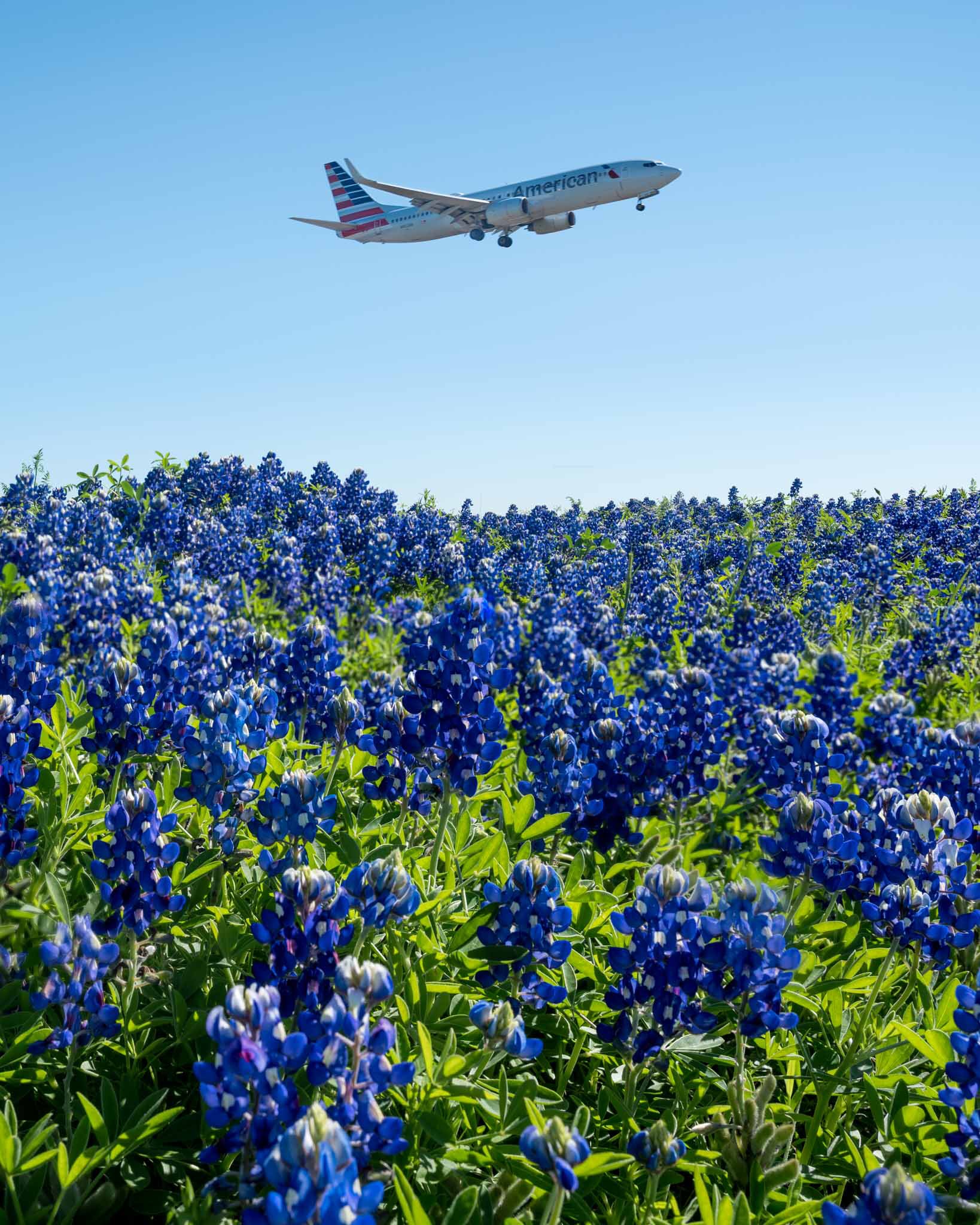
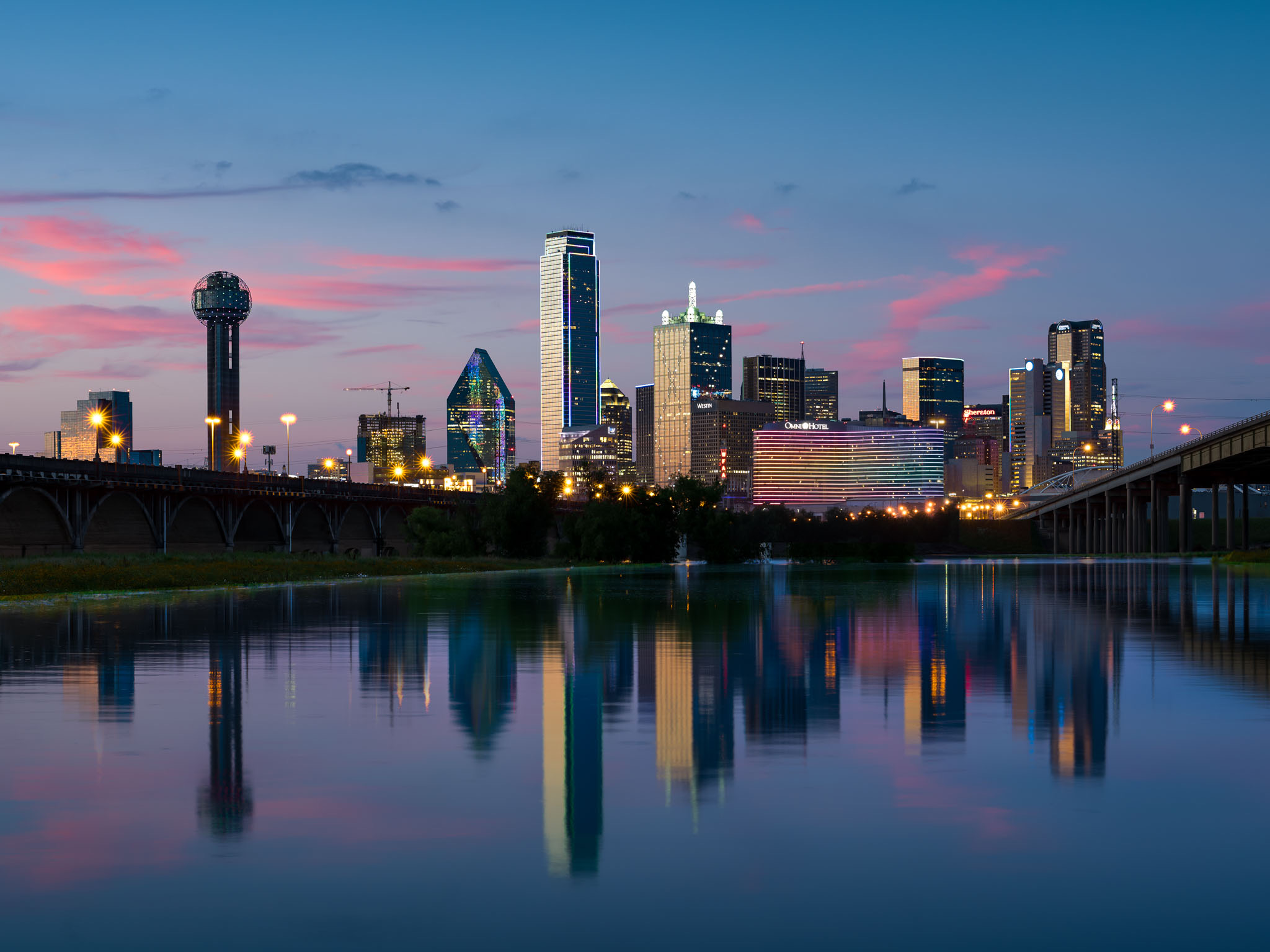









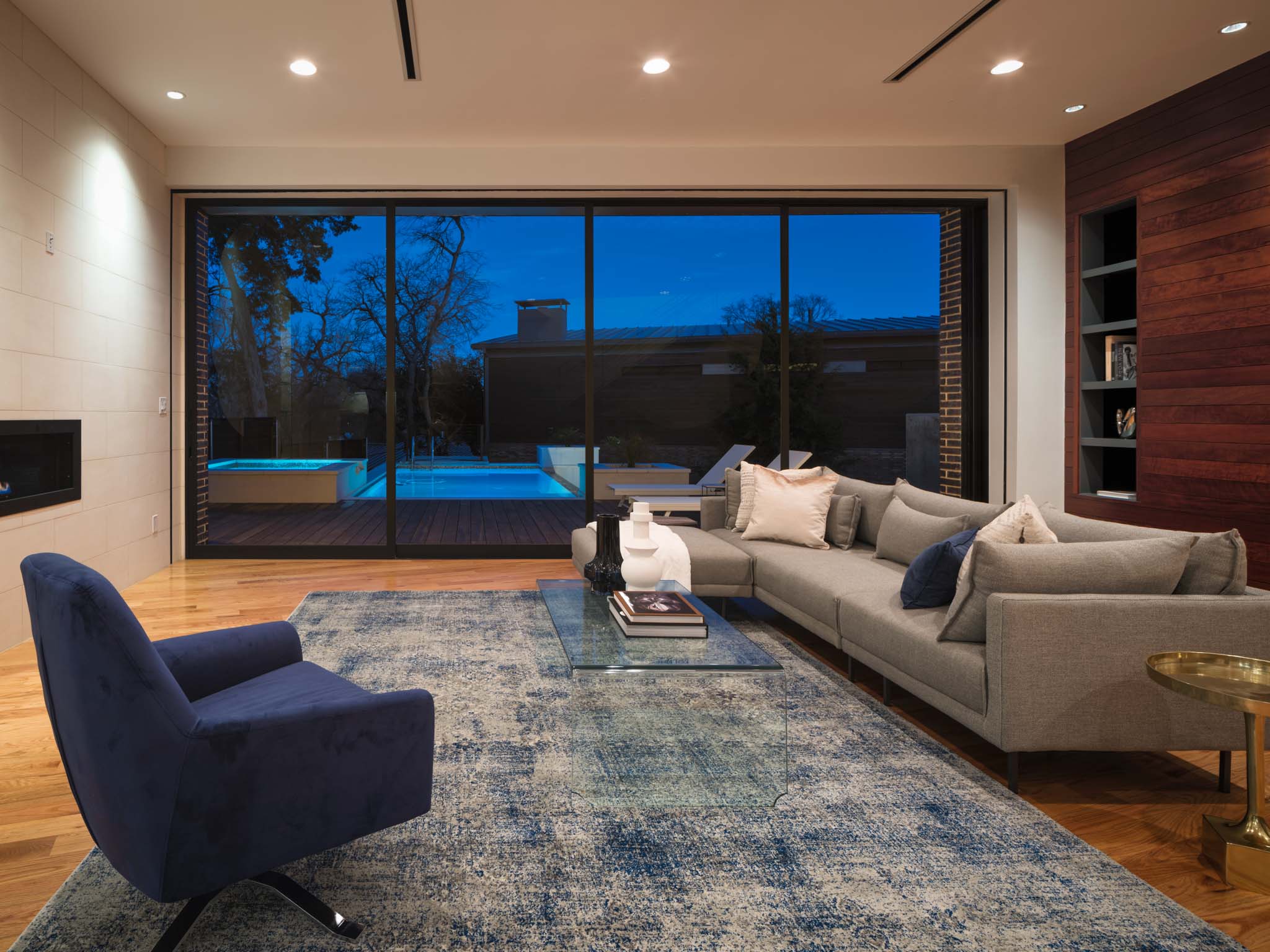

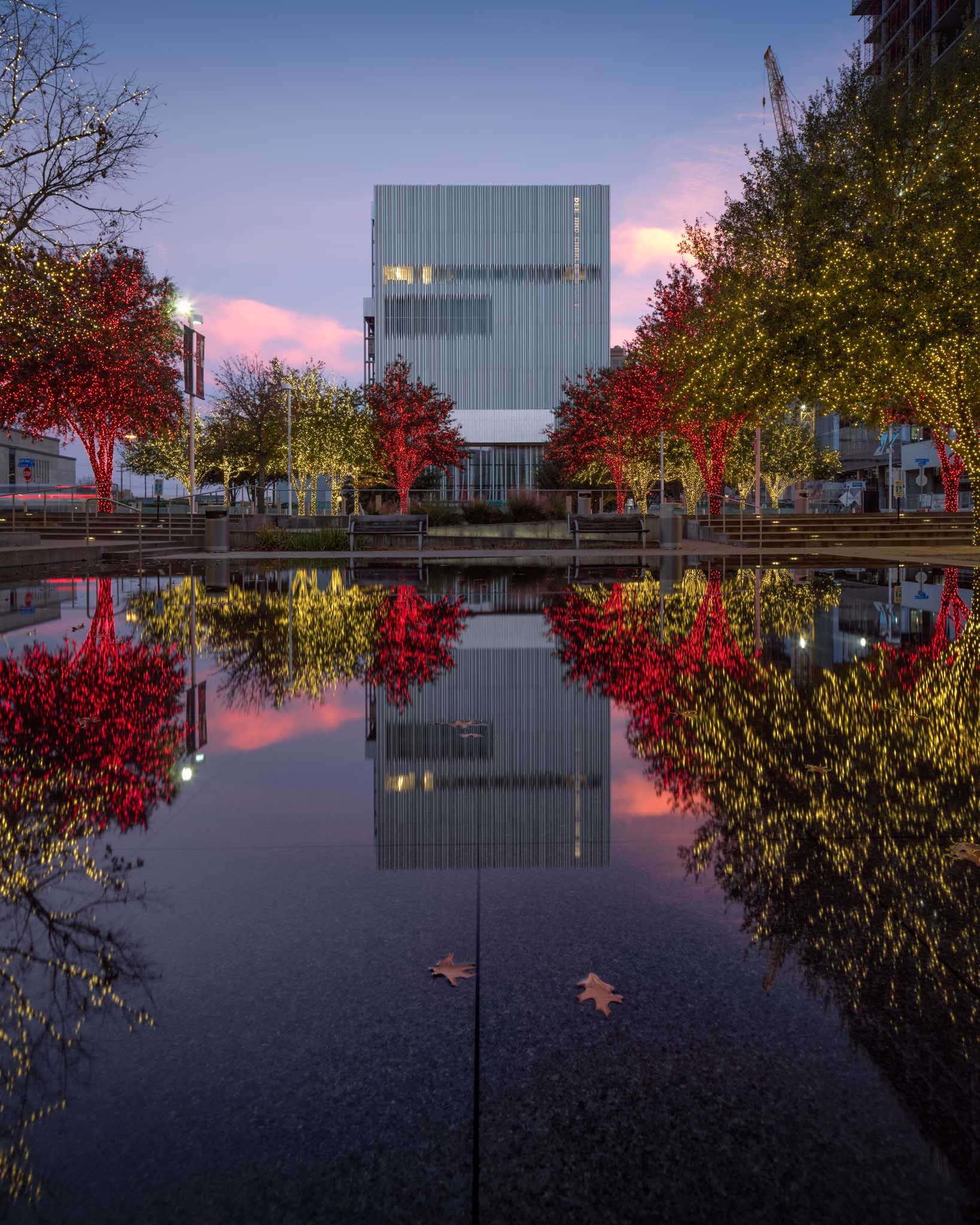
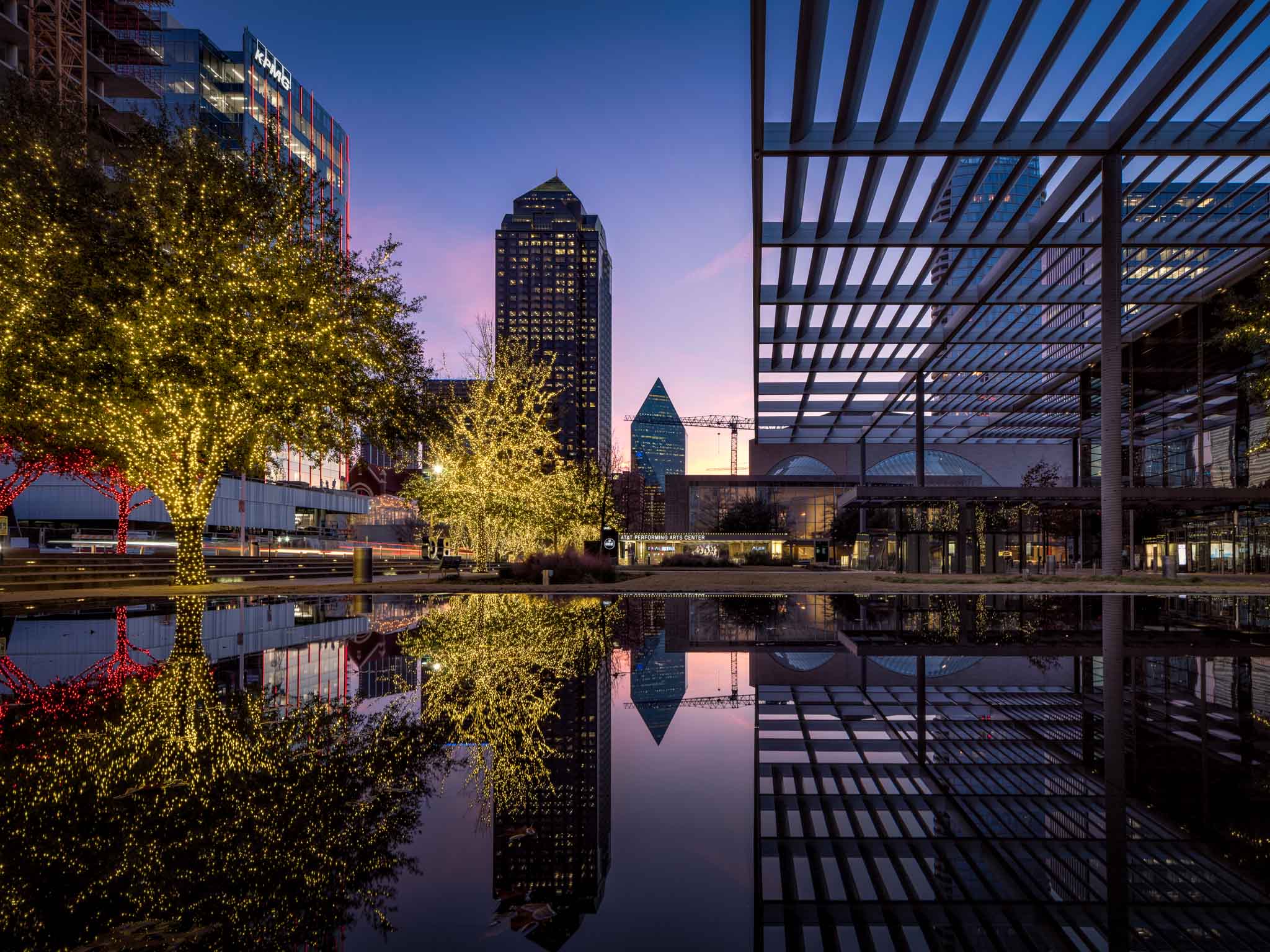
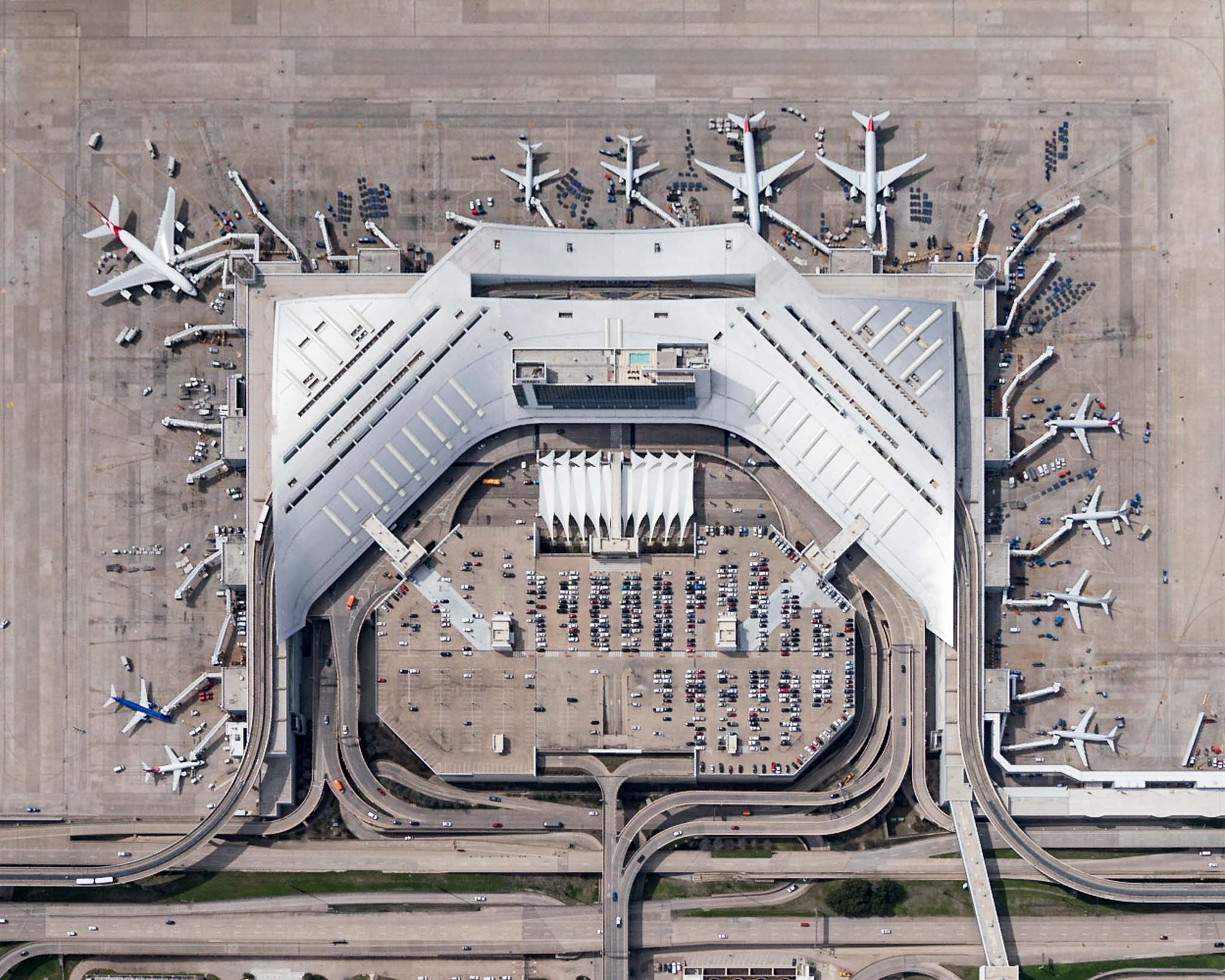
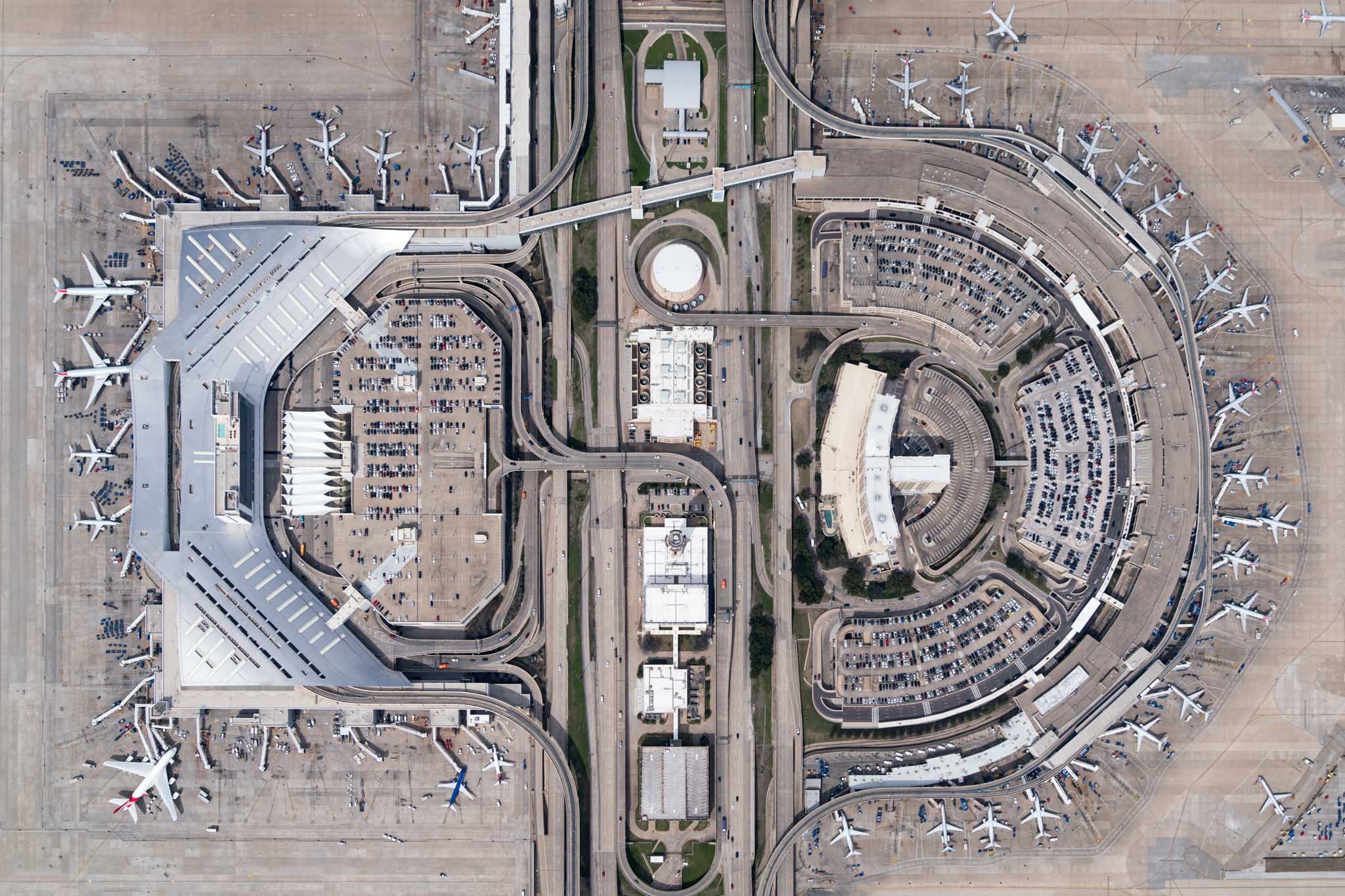

Thank you for this. A medium format camera definitely isn’t something I could justify or afford, but, man, are those glorious images. I’m assuming the low-light performance is better than a Sony a7rIII? And, while $5,500 is a lot of money, it isn’t as bad as I thought it would be.
I wouldn’t say it’s better than the a7rIII at all. I’m super comfortable shooting the a7rIII up to ISO 8000 handheld, the GFX doesn’t have IBIS and, although the noise is a little better, I can’t imagine the autofocus ever working in that dark of an environment on the GFX (since it only has contrast-detect autofocus).
Ah, I see. That’s kind of a bummer, especially since standard Fuji mirrorless cameras seem to perform pretty well in low light.
Totally, but you just have to remember this is a five year old Sony sensor so it’s not as up-to-date, although it can handle its fair share (I’m using it to shoot a concert tonight)
It’s hard to return to FF when you see raw file from this camera GFX 50R is my travel camera.
Hello
Thank you for a nice review.
I have a question and hope that you can assist me in answering.
I use a Nikkor 19mm PCE lens and love it with my Nikon D3.
Can you recommend a third party manufacturer who makes Fuji-Nikkor adapter for the PCE lens?
Thank you
Waruna
Solid real world review, I like you am a full time career having / photographer on the side shooter.. I’ve been invested in Nikon gear for years, but the GFX system has been clawing at my soul.!!! LoL living in NYC I’ve taking many lonely trips to B&H to spend time with the GFX50s, I haven’t pulled the trigger yet, but I have truly enjoy reading your post, def has similar bells ringing for me & and I don’t even own the camera. I’m going to “attempt” to wait on this GFX 100, again, thank you for a relatable read (for someone that doesn’t own a single Fuji)